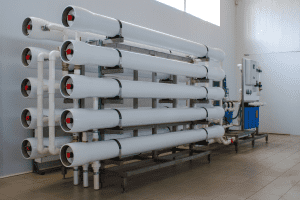All over the world we are increasingly aware of the need to embrace action to reduce emissions, adapt to climate change, and work together to deliver on our goals to meet the challenges of our changing planet. Our Circular Economy research projects are designed by our members to reduce the water industry’s reliance on natural resources or optimise the use of existing products. Working in collaboration with our members, our research contributes to the transition to a zero carbon economy by:
- Minimising disposal to landfill or recovering waste for re-use from water and wastewater treatment processes;
- Removing pollutants from existing water and wastewater processes through their extraction for re-use;
- Creating new energy sources – either for use by existing processes or for export to complementary industries;
- Identifying new resources for use in existing water and wastewater treatment processes or that can be exported to other industries;
- Improving resilience of existing processes through re-use, recovery, or recycling of a resource;
- Improving the efficiency of existing processes through re-use, recovery, or recycling of a resource;
- Restoring or preserving the state of a natural system through re-use, recovery, or recycling of a resource.
WaterRA is dedicated to helping our member organisations shift to a circular economy by bringing together the experience within our Big Team with innovation providers, to establish the science that will underpin future policy decisions.
Featured project
Harmful pathogens and compounds must be removed from wastewater before it can be discharged to the environment or used for irrigation, and many source waters need salts removed to make them potable…
Related projects
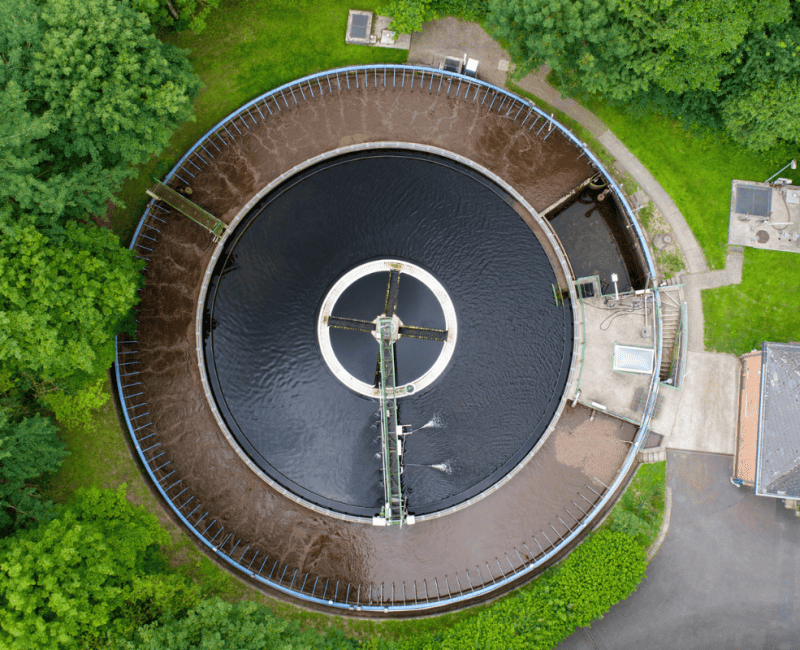
Nitrogen removal from sewage is essential, however, conventional processes require a lot of energy and an organic carbon source, such as fats, oils and foods…

first sentence goes here
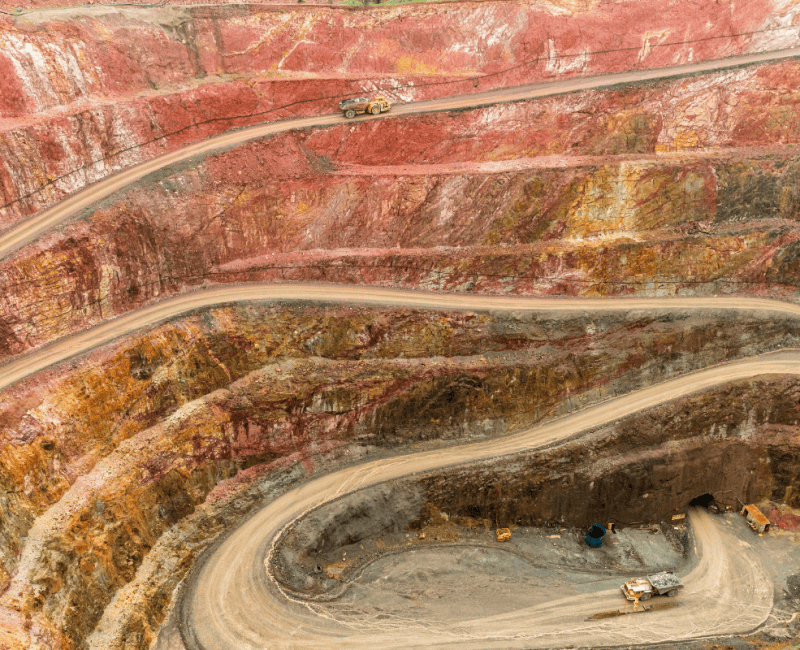
Historic gold mining has left a legacy of toxic waste which has contaminated soils and water globally…
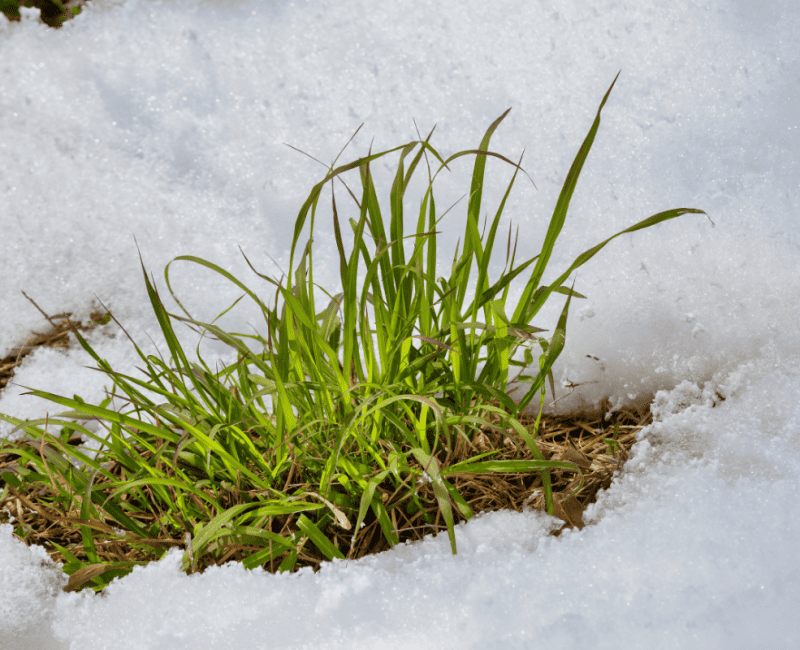
Composting is an aerobic microbiological process, during which organic waste is biologically degraded by microorganisms (bacteria and fungi) in a series of processes…
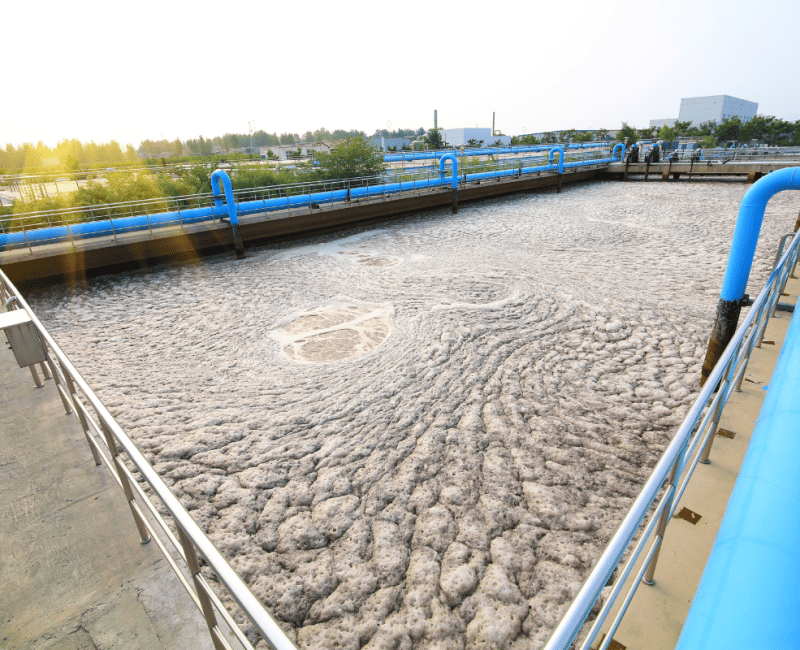
Pyrolysis of biosolids is becoming more prevalent in Australia and is emerging as an opportunity to enhance solids handling associated with wastewater treatment, as the process can destroy several contaminants of concern…

Conventional plastic materials produced from non-renewable resources such as petroleum-based plastics pose serious environmental concerns due to their non-degradable nature…

This project will develop a Novel Phycoremediation technology “phycosol” for winery process effluent with simultaneously generation of biomass for biofuels and other beneficial products enhancing the circular economy…

Petroleum hydrocarbon is one of the most common soil contaminants in many countries…
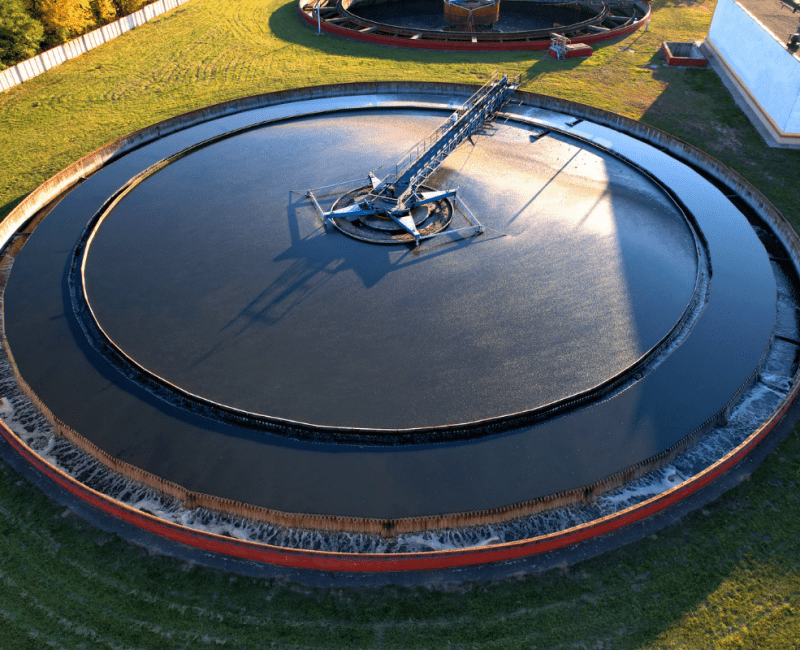
Management of sewage sludge is an issue for Industry…

This project has four specific objectives: (1) To identify ways to prevent or reduce the incidence of foaming during anaerobic digestion of sewage sludge….

Chicken Manure represents one of the largest organic waste streams in Australia…

This project aims to understand microbial community dynamics and spatial distribution of antibiotic resistance genes in agricultural soil amended with biosolid/compost fertilizer…

Biosolids are the solid by-product of treated wastewater derived from industrial and residential sewage systems (stabilised sewage sludge)…

The project aims to quantify the direct fugitive greenhouse gas emissions of the Canberra’s sewage treatment at Lower Molonglo Water Quality Control Centre (LMWQCC), identify potential fugitive emission reduction initiatives, and advise on the implementation of mitigation strategies…
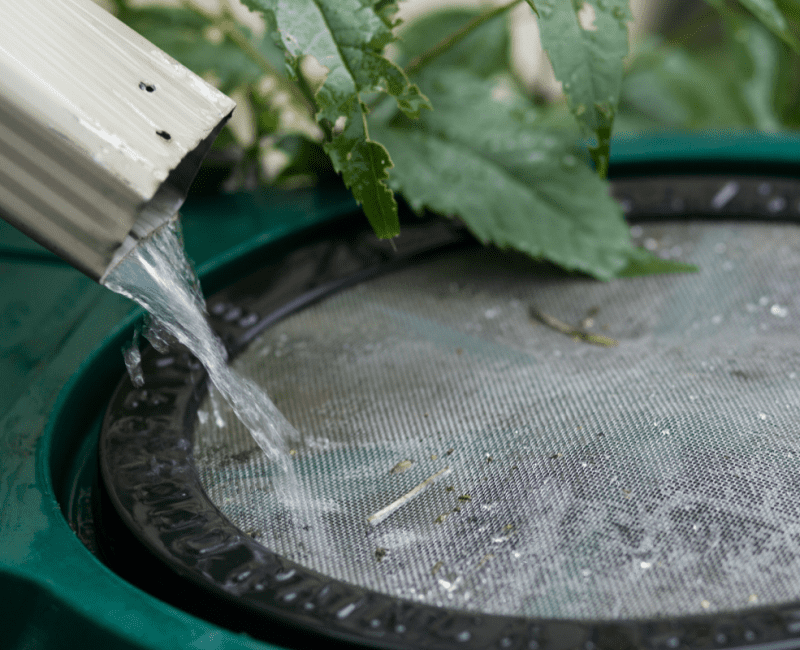
To face the mounting pressures of increasing demands on depleting fresh water supplies, the water industries are compelled to explore alternative water supplies such as desalination, water recycling (Indirect and Direct Potable Reuse), and storm water reuse, among others…
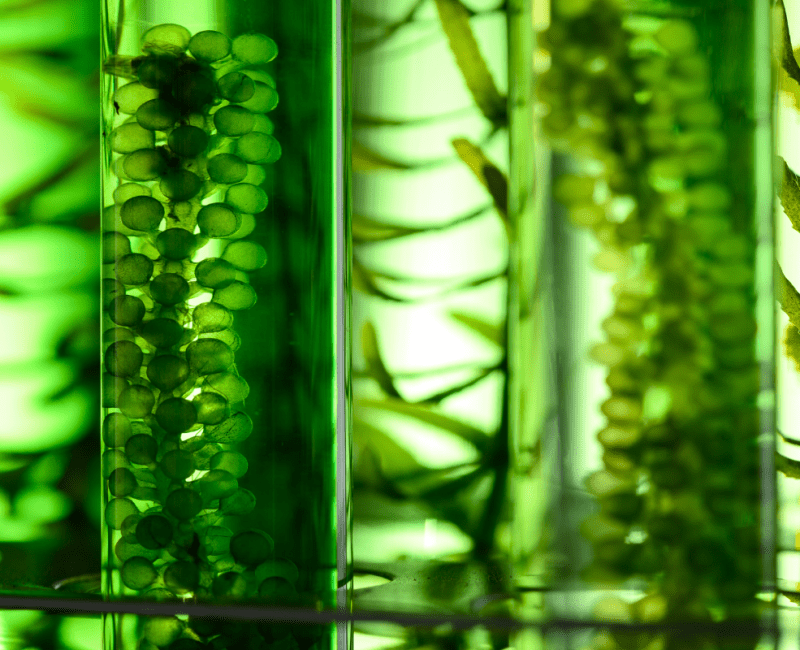
Algal systems can be used to decrease the concentration of nitrogen (N) and phosphorus (P) in wastewater to low levels, and hence reduce the harm of wastewater discharge and facilitate water reuse…

Conventional activated sludge (CAS) has been widely used for biological nutrient removal in the secondary treatment stage of the wastewater process for well over 100 years…

This project addressed major knowledge gaps regarding biological dynamics and solids behaviour in Als which lead to development of improved operating protocols, designed for efficient, stable and low-risk operation over the long term…

Growing populations and climate change place increased pressures on our water supplies…

Biosolids, the main by product from wastewater treatment plants, have a high potential in agricultural applications because they contain important plant nutrients and they can function as soil amendments…

Researchers have developed an innovative photocatalytic technology which can produce H2O2 from water and air under sunlight…
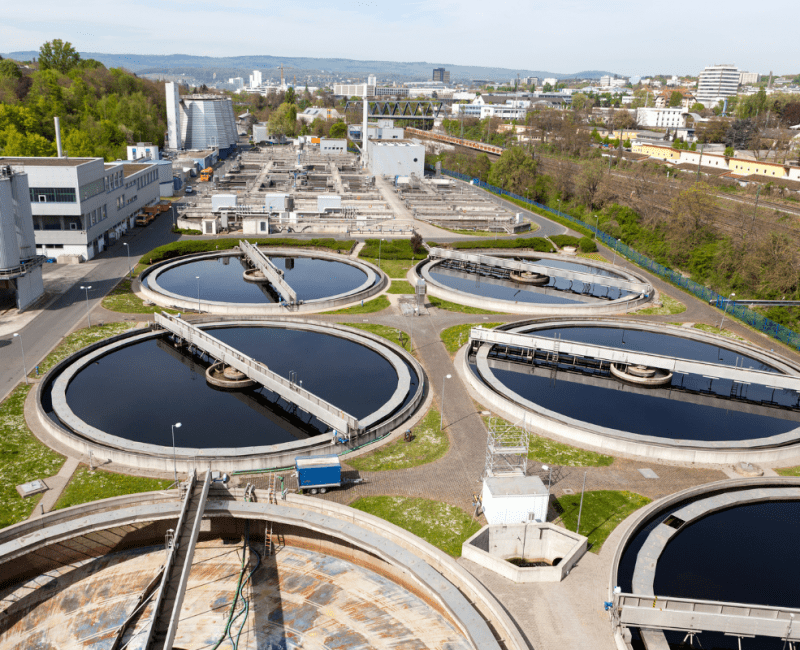
Before wastewater, (which includes sewage), can be recycled or released to the environment, it must be treated to remove harmful microorganisms and pollutants…
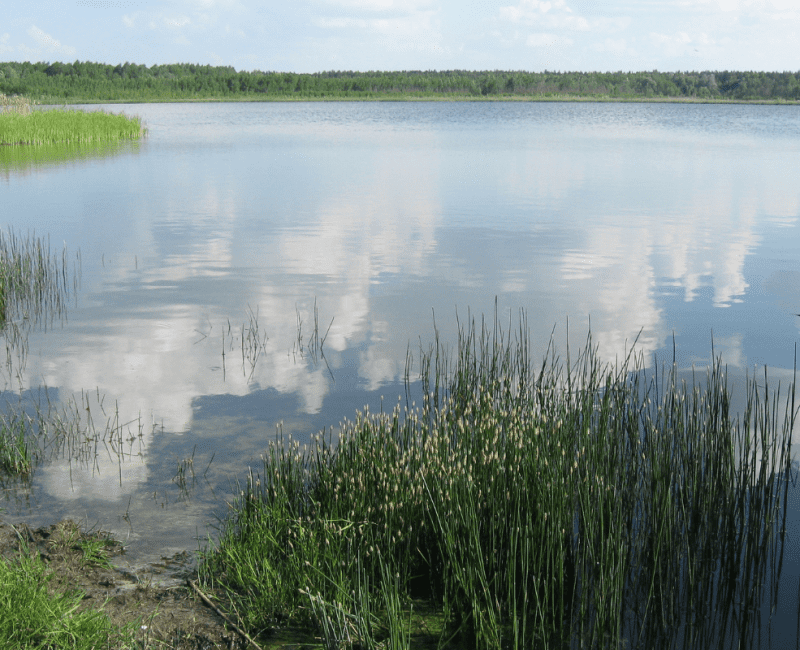
At least three different ways to use recycled water are applied around the world: groundwater and aquifer replenishment, surface water augmentation and direct potable reuse…
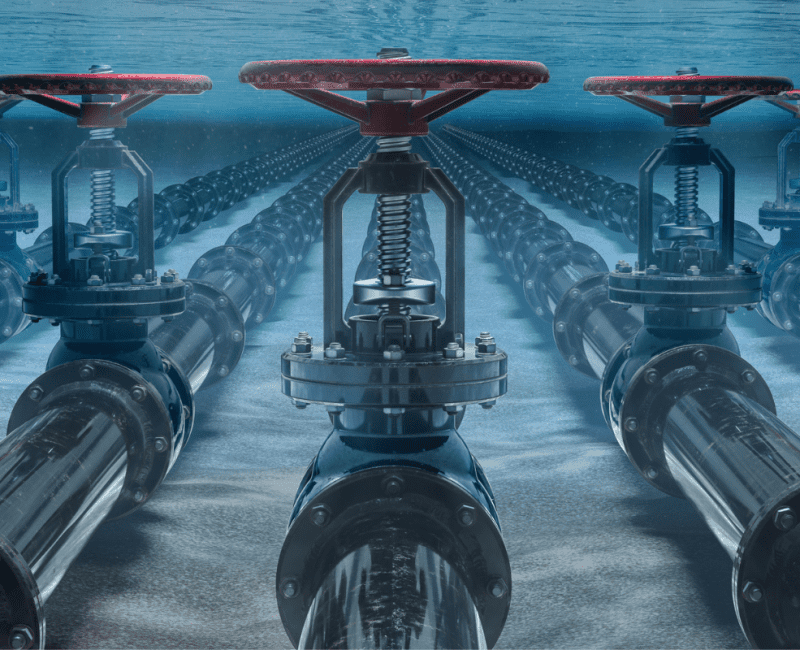
The ‘One Water’ paradigm recognises the interconnectedness of groundwater, stormwater, wastewater, flooding, water quality, wetlands, watercourses, estuaries, and coastal waters, and integrates multi-use, flexible and environmentally sustainable systems while valuing all urban water flows as a potential resource…

Recycling wastewater by using reverse osmosis (RO) and ultrafiltration appears to be associated with the formation of some groups of micropollutants but there is not much information about these processes…
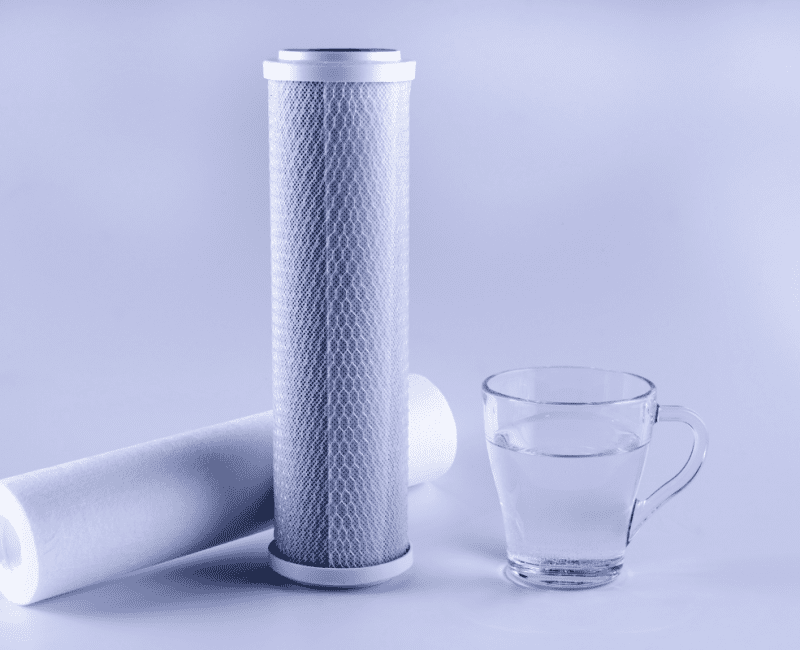
The steam produced by boiling a kettle of salty water can be collected, condensed and drunk…

Reverse osmosis (RO) is used to desalinate seawater and brackish groundwater, and to remove microscopic pathogens from treated wastewater…

Harmful pathogens and compounds must be removed from wastewater before it can be discharged to the environment or used for irrigation, and many source waters need salts removed to make them potable…



